高管团队社会网络特征与组织创新的关系研究
摘要社会网络分析是一种全新的社会科学研究范式,关注于处于整个社会系统中的个体行动者或者群体行动者之间的相互联系。在高管团队的研究领域,社会网络强调了TMT内部行动者之间,TMT内部行动者和组织外部行动者之间的相互关系、相互影响及其互动过程,属于TMT过程研究的范畴。然而,目前对高管团队社会网络的研究存在着如下不足:研究忽略了从TMT社会关系网络的视角来探讨TMT绩效。此外,现有的绩效研究更侧重于企业财务情况等指标,组织创新等长期绩效指标并不多见,而组织创新是知识经济下企业获取竞争优势的关键所在。为此,如何构建一个高管团队社会网络模型,综合研究高管团队社会网络特征对组织创新的影响,具有重要的理论...
相关推荐
-
我国基层财政困难的制度成因分析与对策研究VIP免费
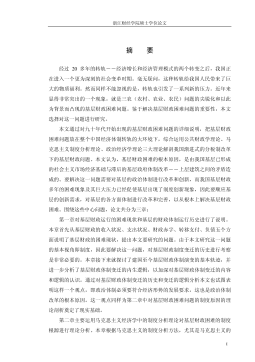
 2024-09-20 33
2024-09-20 33 -
我国煤电产业链纵向交易合约机制研究VIP免费
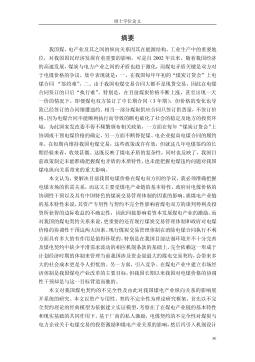
 2024-09-20 28
2024-09-20 28 -
生产要素视角下的上海市产业结构优化研究VIP免费
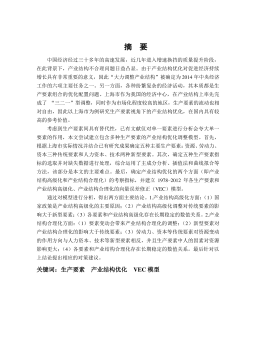
 2025-01-09 7
2025-01-09 7 -
我国银行业结构与经济结构关系研究VIP免费
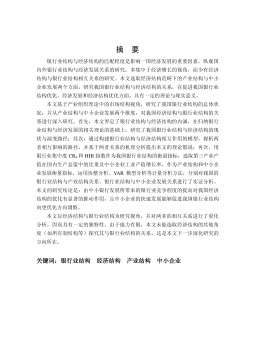
 2025-01-09 7
2025-01-09 7 -
大数据视角下农业供应链金融研究VIP免费
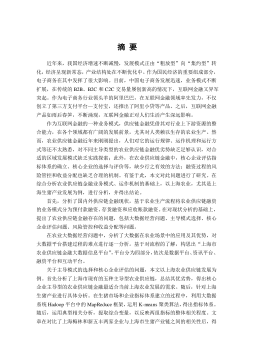
 2025-01-09 6
2025-01-09 6 -
跨国大型综合超市的规划研究VIP免费
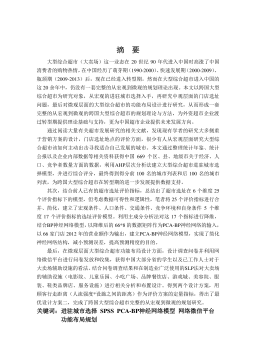
 2025-01-09 6
2025-01-09 6 -
跨境电商农产品质量安全问题研究VIP免费
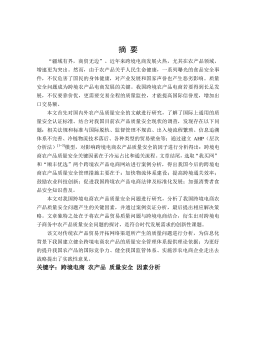
 2025-01-09 7
2025-01-09 7 -
世界市场的虚拟化与我国国际电子商务发展方向研究VIP免费
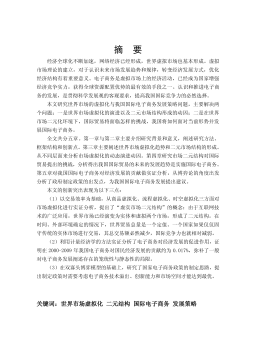
 2025-01-09 9
2025-01-09 9 -
中国政府对电力行业的价格规制问题研究VIP免费
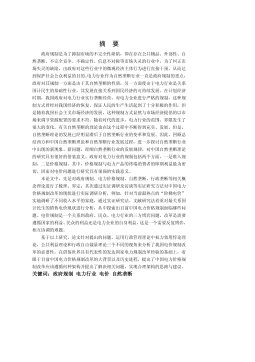
 2025-01-09 14
2025-01-09 14 -
中小企业信息化系统集成技术研究VIP免费

 2025-01-09 14
2025-01-09 14
相关内容
-

跨国大型综合超市的规划研究
分类:高等教育资料
时间:2025-01-09
标签:无
格式:PDF
价格:15 积分
-

跨境电商农产品质量安全问题研究
分类:高等教育资料
时间:2025-01-09
标签:无
格式:PDF
价格:15 积分
-

世界市场的虚拟化与我国国际电子商务发展方向研究
分类:高等教育资料
时间:2025-01-09
标签:无
格式:PDF
价格:15 积分
-

中国政府对电力行业的价格规制问题研究
分类:高等教育资料
时间:2025-01-09
标签:无
格式:PDF
价格:15 积分
-

中小企业信息化系统集成技术研究
分类:高等教育资料
时间:2025-01-09
标签:无
格式:PDF
价格:15 积分






